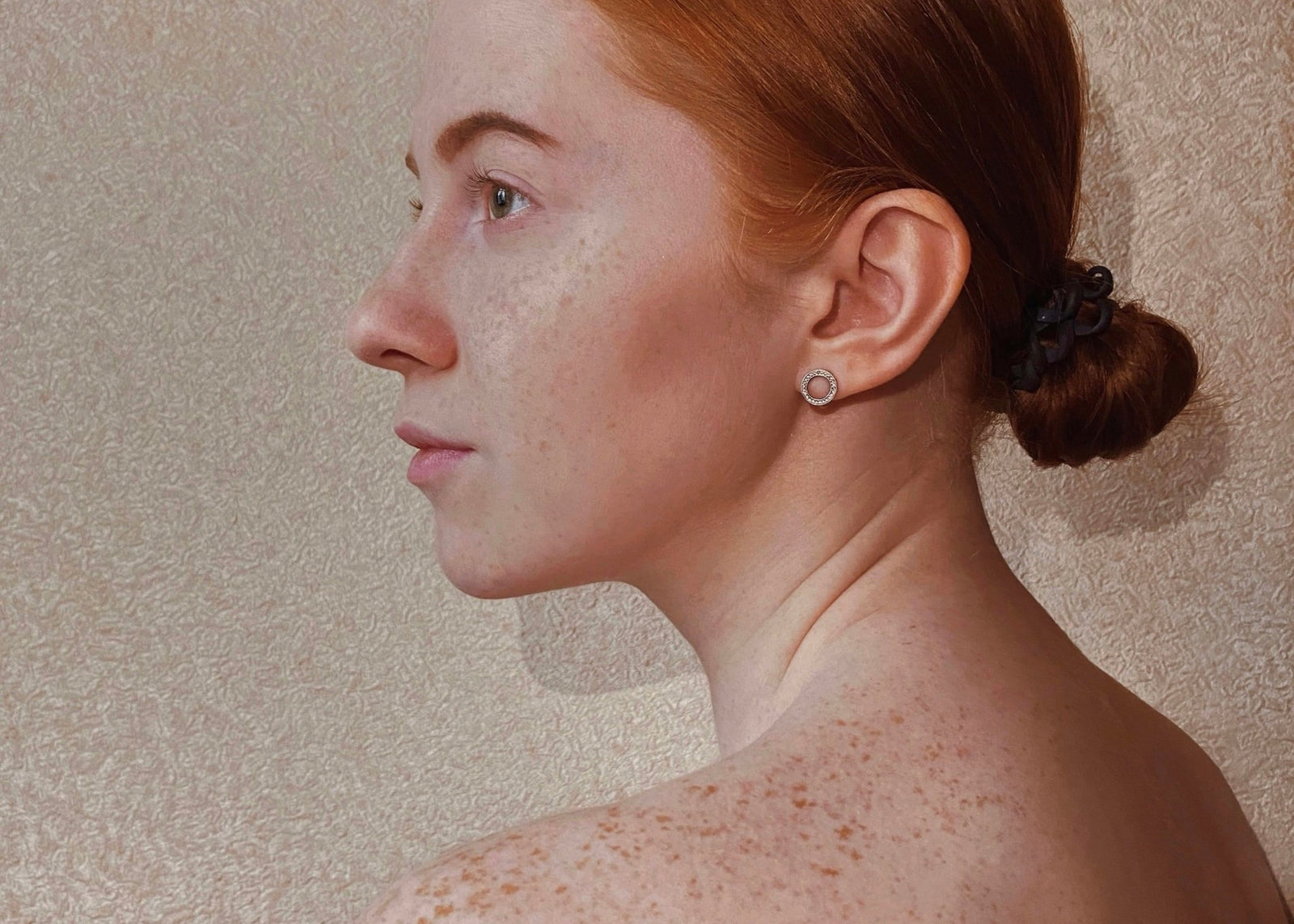
Best Time to Apply Retinol in Your Skincare Routine
Retinol, a derivative of vitamin A, is a powerhouse ingredient in the world of skincare. It's lauded for its ability to reduce the appearance of fine lines and wrinkles, improve skin texture, and diminish hyperpigmentation. However, to reap its maximum benefits, it's crucial to know when to apply retinol in your skincare routine. Let's explore the best time to apply this wonder ingredient, how to incorporate it into your regimen, and the benefits of using natural and sustainable skincare ingredients.
Understanding Retinol
Before we delve into the specifics of when to apply retinol, it's important to understand what it is and how it works. Retinol is a type of retinoid, which is a class of compounds derived from vitamin A. It's widely used in skincare products due to its ability to promote skin cell turnover and stimulate collagen production.
Retinol works by penetrating deep into the skin to stimulate collagen production, which helps to smooth out wrinkles and fine lines. It also accelerates skin cell turnover, which can help to even out skin tone and improve texture. However, because of its potency, it can cause irritation if used improperly, making the timing and frequency of application crucial.
When to Apply Retinol
The best time to apply retinol is in the evening, as part of your nighttime skincare routine. This is because retinol can make your skin more sensitive to sunlight, increasing the risk of sunburn. By applying it at night, you give your skin a chance to absorb the retinol and work its magic without the interference of UV rays.
It's also important to note that retinol should be applied after cleansing but before moisturizing. This allows the retinol to penetrate the skin more effectively, as there are no other products to obstruct its path. Here's a simple step-by-step guide:
- Cleanse your face with a gentle cleanser.
- Pat your skin dry with a clean towel.
- Apply a small amount of retinol to your face, avoiding the eye area.
- Wait for a few minutes to allow the retinol to absorb into your skin.
- Follow up with a moisturizer to hydrate your skin and reduce the risk of irritation.
The Benefits of Natural and Sustainable Skincare Ingredients
While retinol is a synthetic ingredient, it's important to balance its use with natural and sustainable skincare ingredients. Natural ingredients are often gentler on the skin, reducing the risk of irritation and adverse reactions. They're also better for the environment, as they're typically sourced sustainably and don't contribute to pollution.
Some natural ingredients that pair well with retinol include:
- Green Tea: Known for its antioxidant properties, green tea can help to soothe the skin and reduce inflammation, making it a great companion for retinol.
- Jojoba Oil: This natural oil closely mimics the skin's own sebum, making it an excellent moisturizer. It can help to counteract the drying effects of retinol.
- Aloe Vera: Aloe vera is renowned for its soothing and healing properties. It can help to calm any irritation caused by retinol.
Final Thoughts
Retinol is a powerful skincare ingredient that can deliver impressive results. However, to get the most out of it, it's essential to use it correctly. By applying retinol at the right time and pairing it with natural, sustainable skincare ingredients, you can enjoy smoother, healthier, and more radiant skin.
Remember, skincare is a personal journey, and what works for one person may not work for another. Always listen to your skin and adjust your routine as needed. And, of course, don't forget to consult with a dermatologist or skincare professional if you have any concerns or questions.















